Which stove is better for the bath: steel or cast iron?
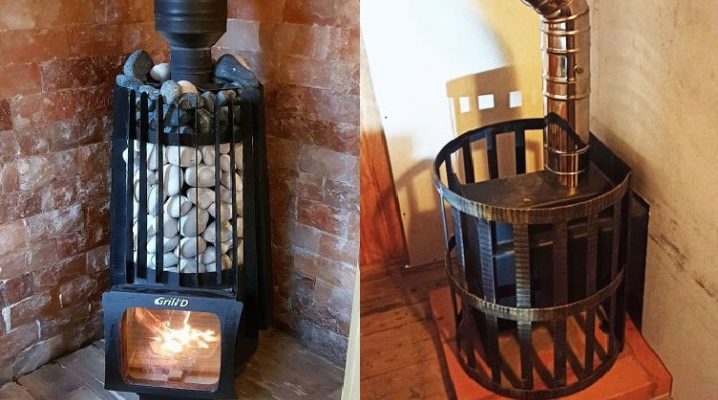
The heart of any bath is a stove. It is no secret that when choosing a bad stove, going to the bathhouse will not be pleasant, and even more so useful. As a rule, preference is given to metal structures. And the most common are either cast iron or steel models. About which stove to give preference in a given situation, as well as what their difference and advantages are, read below.
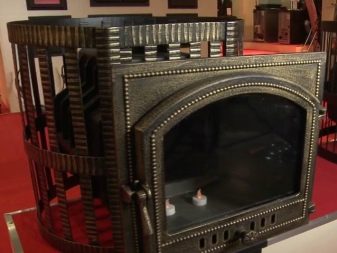
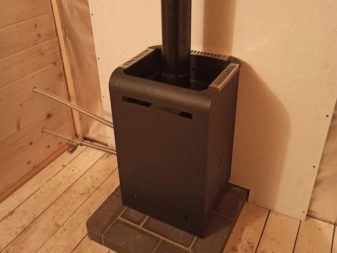
Difference in composition
Both the one and the other stove in the bath have the same chemical composition: both metals contain a basic substance (iron) and an additional substance (carbon). The main difference lies only in the percentage of the components. Carbon in steel is not more than 2%, while in cast iron its content is more capacious.
Thanks to its low carbon content, steel is strong: it can be cut, forged and welded without the fear of splitting and then not holding its shape.
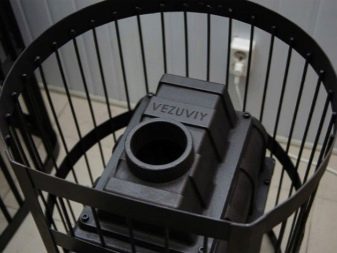
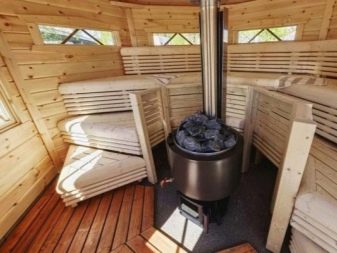
The higher carbon content in cast iron makes it heat-resistant but brittle. It also negatively affects such a property of the alloy as susceptibility to temperature changes. Simply put, if the cast iron stove was very hot at the moment when cold water got on it, then it may crack. It is also noteworthy that such a crack cannot be sealed by welding. The cast iron furnace only needs to be remelted. Obviously, a steel furnace is better in this regard: it does not crack when the temperature changes.

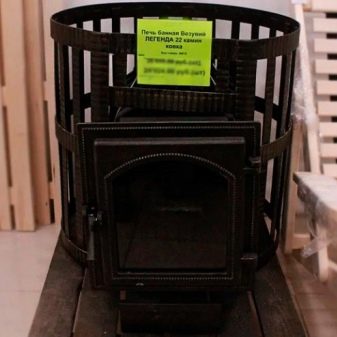
The difference can also be made by the various impurities contained in the two alloys. They are mainly used at the stage of final processing of almost finished products.
Comparison of characteristics
The following points will help you better understand the difference between the two constructs.
- Lifetime. Usually this item is almost the first one that interests most buyers. In this regard, the wall thickness is of much greater importance than the type of alloy. Simply put, the thicker the walls of the structure, the longer it will serve. Typically, cast iron models have thicker walls than steel ones. And in general, the former tolerate high temperatures better. During heating, they practically do not deform, mainly due to the fact that cast iron products are cast. Parts of steel models are welded together and the seams may deform. Frequent deformation wears out the furnace and shortens its service life. The burn-through rate of cast iron is relatively low, which also has a positive effect on the service life. The average warranty period for a cast iron model is 20 years, for a steel model - from 5 to 8 years.
- Corrosion susceptibility. In the long term, both alloys are susceptible to corrosion. But on steel, traces of rust can appear after a couple of years of frequent use. While cast iron tolerates moisture better, and the average time for rust marks to appear is about 20 years, according to manufacturers.
- Thermal conductivity. Cast iron models take a long time to warm up and cool down just as long. They keep the temperature well. Thanks to this, you can save on fuel. Steel models quickly heat up and begin to warm up the room. With a cast iron stove, the steam room heats up from 1.5 to 2 hours and cools down for the same amount of time. The maximum temperature for such a furnace is 1200 degrees. While in the bath, the oven temperature fluctuates around 400-500 degrees. The maximum temperature that a steel furnace can withstand is 400 degrees. Thus, with each firebox, the steel furnace collapses a little.To prevent this, the thickness of such a structure is increased (but not all manufacturers do this).
- Weight and dimensions. Despite the fact that steel is heavier than cast iron, cast iron models weigh more than steel ones. The reason for this is the thick walls of cast iron stoves. The average model can weigh up to 200 kg. In such cases, a special foundation is usually needed. Nevertheless, models made of any alloy will look neat, they will not take up much space. This is especially true for modern models: they are quite miniature.
- Price. Cast iron models are more expensive than steel ones. Sometimes the difference can be significant. The cheapest cast iron structures can cost from 25 thousand rubles. The second analogs can cost from 12 thousand rubles. Some steel structures may sell for similar prices to cast iron models. The reason for this is the unusual and modern design. However, you should not rely on the external component. Better to buy a quality model with a discreet design.
- Appearance. Steel models look laconic. They have a more modern design than other designs. A striking example is a black steel stove.
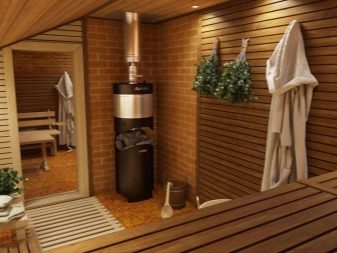
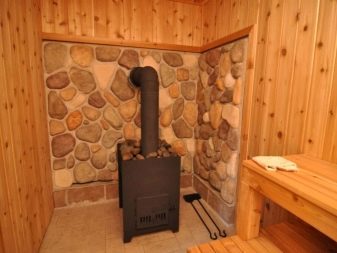
What to choose?
For those who like to steam with a broom, a cast-iron stove is best suited. The steam received from the cast iron stove is able to be evenly distributed throughout the room. For those who like quick heating of the bath, steel stoves are more suitable.
If for the owner it is much more important to keep heat in the bath for a long time, then it is better to give preference to a cast-iron structure.

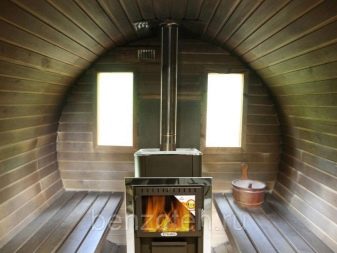
For a home, it is better to take a steel stove, since it is usually small in size (despite its not too long service life), and it can also be easily and quickly dismantled if necessary. For public baths, it is recommended to purchase cast iron models. In general, a cast iron stove lasts twice as long as a steel one. However, one must take into account the significant difference in the price of both models. A cast iron stove can be significantly more expensive than a steel counterpart.
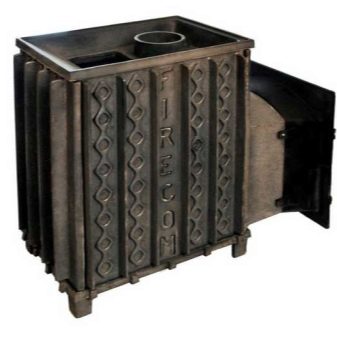
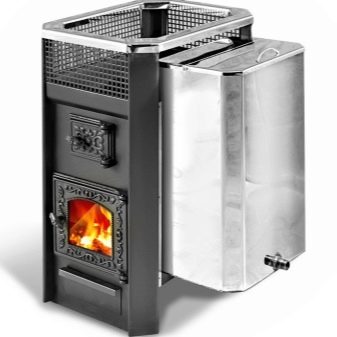
Cast iron structures are much more popular than steel ones. Most buyers consider them to be the most ideal option for a bath. The quality of the alloy is also important. If the quality of the alloy is poor (for example, you see holes or irregularities on the walls of the furnace), then it is best to stop your choice on models with a wall thickness of 15 to 20 mm. If the quality of the alloy is high and the technology has been followed, then a model with a wall thickness of up to 12 mm can also be purchased.
With a good quality alloy and carefully followed technology, any stove will last long enough to enjoy the sauna to its fullest.
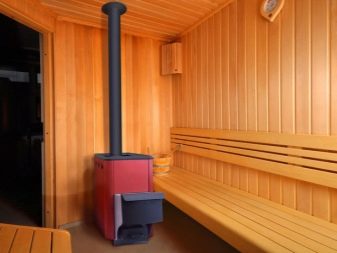

In conclusion, it is worth noting that the stove in the bath must be purchased from a seller who has the appropriate documents. Also, the designs must be produced at specialized enterprises. In this context, homemade potbelly stoves or other similar structures are not considered sauna stoves.
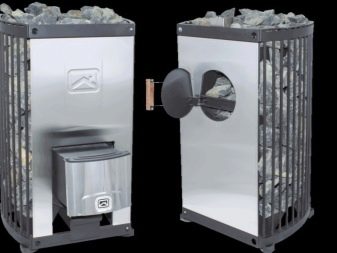
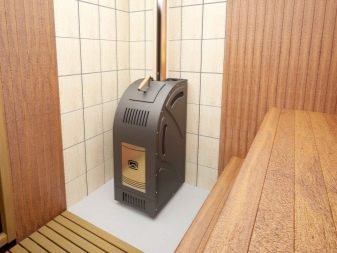




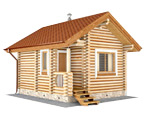
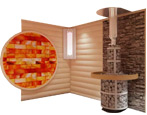
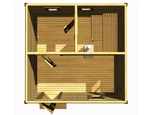
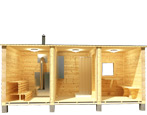
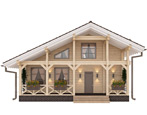



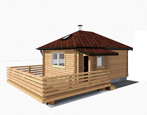

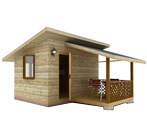

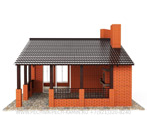
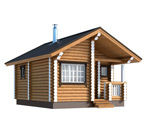
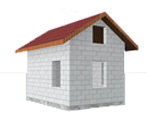

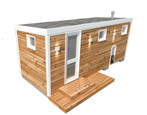
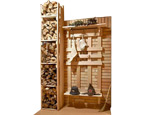

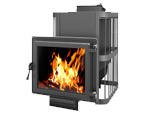
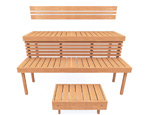
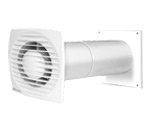

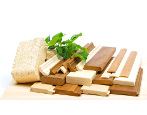

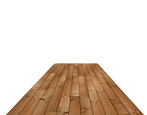
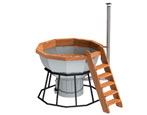
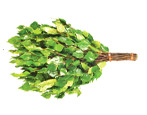
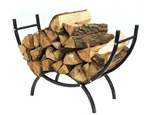
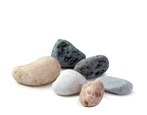
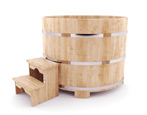
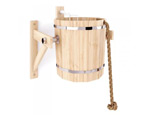
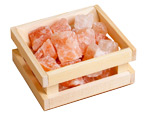
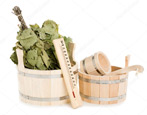

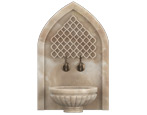

























































The comment was sent successfully.